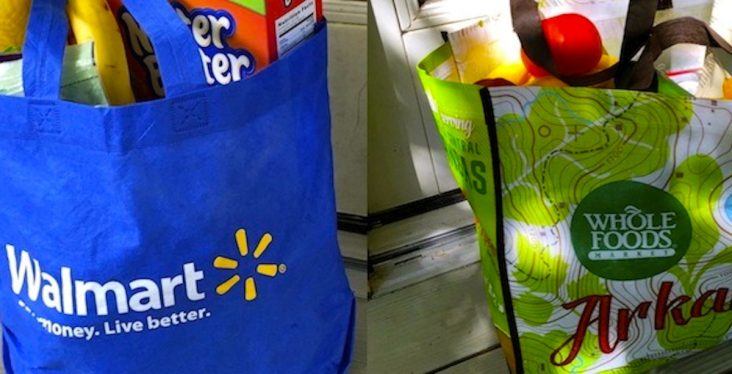Online grocery sales top $8 billion in November
by December 9, 2020 5:03 pm 1,145 views

As more consumers turned to online grocery shopping ahead of Thanksgiving, cumulative sales topped $8.1 billion, according to a shopping survey conducted by Mercatus and Bricks Meet Click.
The survey found that 60.1 million U.S. households placed, on average, 2.8 orders in November. Active delivery and pickup shoppers also reported a record-high repeat intent rate of 83%. The repeat use metric is up 40% since the pandemic began in March.
“Concerns about contracting the virus, stay-at-home orders, or retail restrictions motivated many to try a service within the last nine months, and now a significant share of those households considers online shopping a desirable alternative to an in-store trip. This presents opportunities as well as threats to established business models and practices,” said David Bishop, partner at Brick Meets Click.
Online grocery attributed to delivery and pickup services increased 3.6% compared to August 2020, mostly driven by higher order volume of more than 5% to 62.7 million orders. Growth was also fueled by increases in the number of households who used the services in the past 30 days and by increased frequency.
November spending represents a 22% increase over a record $7.4 billion spent online in 2019. In particular, online grocery shopping on Black Friday surged 397% compared to October daily averages. Traffic to physical stores fell by 52% on Black Friday, according to Sensormatic Solutions.
“It’s evident the U.S. has an expanded base of engaged customers who continue to become more comfortable shopping online for a broader range of grocery products,” Bishop said. “And, when this happens as quickly as it has this year, it creates a range of challenges for service providers, including building capabilities and competencies, and managing costs and customers.”
Walmart CEO Doug McMillon has said the pandemic expedited broad consumer adoption of online grocery by about three years. He said investments Walmart has made over recent years to expand its online grocery business have proved invaluable during these unprecedented times.
“Now that we’re months into the pandemic, we’re seeing online grocery shopping becoming engrained among U.S. consumers,” said Sylvain Perrier, president and CEO, Mercatus. “This behavior change shifts the strategic conversation for grocers from acquisition to increasing conversion and retention by driving strong digital engagement. For grocery retailers, the question now becomes how best to provide a differentiated experience that maintains their newly acquired online customers. The answer lies in offering innovative digital solutions and a seamless, rich multi-channel experience.”
Walmart’s recent rollout of its subscription service Walmart+ is also likely to push more online sales. The retailer recently waived online minimums for non-grocery items, according to analysts. Though Walmart still has a $35 minimum order requirement online grocery, there are no added delivery fees for unlimited delivery. McMillon also said recently Walmart+ is a way for the retail giant to get a bigger share of customers’ wallets.
Kroger, the nation’s largest grocery-only chain, recently broke into the top 10 retailers for total e-commerce sales reported by eMarketer. Kroger ranked ninth with predicted online sales of $11.28 billion this year. Kroger is the only pure-grocery chain in the top 10. Walmart, a mass retailer, is the nation’s largest grocery chain by sales and ranks second with total online sales of $46.2 billion expected this year.
Amazon will hold on to its undisputed No. 1 spot with total online sales of $309.58 billion expected this year. Target also expanded into more grocery and it ranks seventh with online sales of $13.82 billion predicted in 2020. Warehouse club giant Costco, which sells groceries online, rounded out the top 10 with expected sales of $11.18 the year, according to the eMarketer report.
